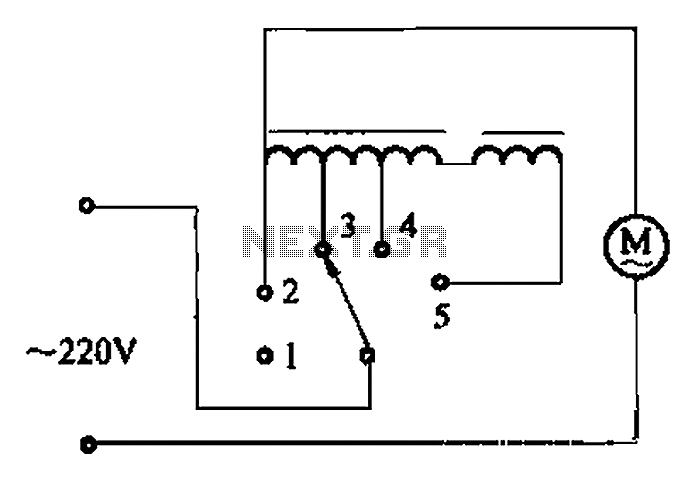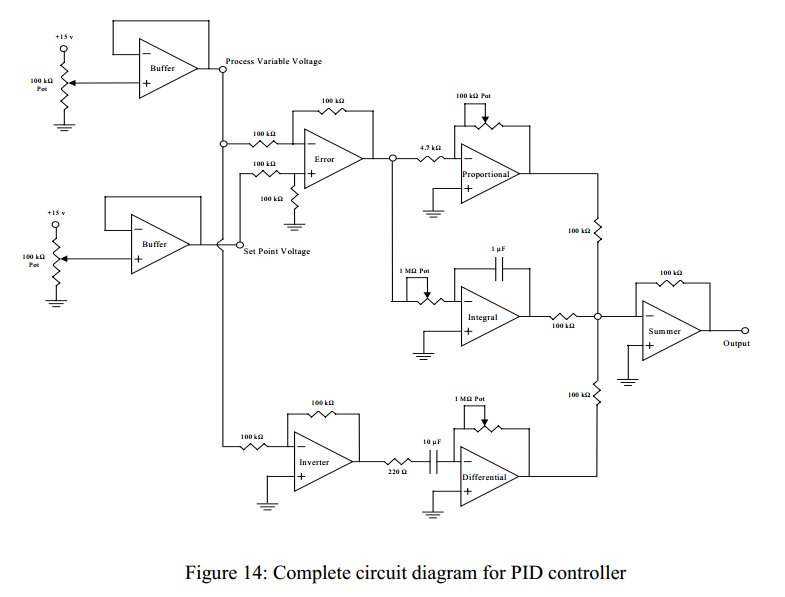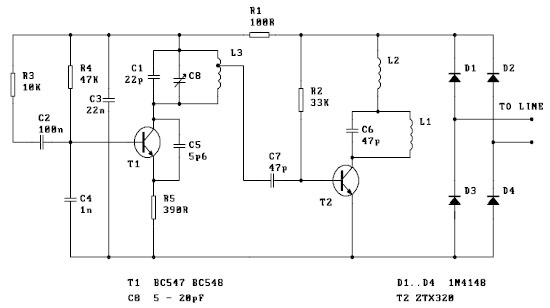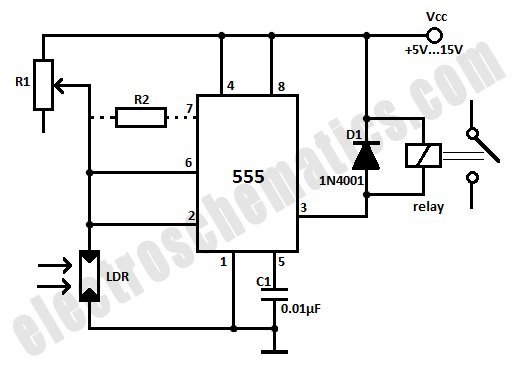
Using reactors buck breeze block circuit

The circuit illustrated in Figure 3-2 features a loop reactor governor that incorporates a series reactor. The reactor can be constructed using a TV choke and is designed to be approximately 3mm in height. It utilizes a strength wire with a length of 40-50mm and a diameter of 6mm, wound around 200-300 turns, ensuring proper insulation.
The circuit consists of a loop reactor governor, which is a critical component in controlling the performance of electrical systems. The series reactor is employed to limit the current and improve the stability of the system by providing a controlled inductance. The use of a TV choke indicates that the reactor is designed to handle high-frequency signals, making it suitable for applications that require noise suppression and signal integrity.
The physical construction details specify that the reactor is built with a strength wire, which contributes to its durability and effectiveness. The dimensions of the wire, with a length of 40-50mm and a diameter of 6mm, are chosen to optimize the inductance while minimizing resistance. The specified number of turns, between 200 and 300, is critical for achieving the desired inductive properties, and the insulation is essential to prevent short circuits and ensure safe operation.
In practical applications, this loop reactor governor circuit can be utilized in various electronic systems, including power supplies and motor drives, where precise control of current and voltage is necessary. Proper implementation of this circuit can lead to enhanced performance, reduced electromagnetic interference, and improved overall efficiency of the electrical system. The careful selection of components and construction techniques ensures reliability and longevity in operation. Circuit shown in Figure 3-2. That is in the original loop reactor governor again a series reactor. Reactor available TV choke on, can also be made: with such. About 3mm high st rength wire, a length of 40-50mm M6mm bolt turns around 200-300, and deal with good insulation.
The circuit consists of a loop reactor governor, which is a critical component in controlling the performance of electrical systems. The series reactor is employed to limit the current and improve the stability of the system by providing a controlled inductance. The use of a TV choke indicates that the reactor is designed to handle high-frequency signals, making it suitable for applications that require noise suppression and signal integrity.
The physical construction details specify that the reactor is built with a strength wire, which contributes to its durability and effectiveness. The dimensions of the wire, with a length of 40-50mm and a diameter of 6mm, are chosen to optimize the inductance while minimizing resistance. The specified number of turns, between 200 and 300, is critical for achieving the desired inductive properties, and the insulation is essential to prevent short circuits and ensure safe operation.
In practical applications, this loop reactor governor circuit can be utilized in various electronic systems, including power supplies and motor drives, where precise control of current and voltage is necessary. Proper implementation of this circuit can lead to enhanced performance, reduced electromagnetic interference, and improved overall efficiency of the electrical system. The careful selection of components and construction techniques ensures reliability and longevity in operation. Circuit shown in Figure 3-2. That is in the original loop reactor governor again a series reactor. Reactor available TV choke on, can also be made: with such. About 3mm high st rength wire, a length of 40-50mm M6mm bolt turns around 200-300, and deal with good insulation.





